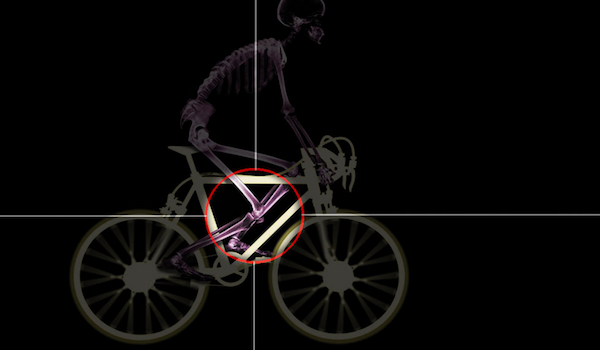 Medial knee pain cycling is pain on the inner side of the knee and can be caused by improper cleat position or individual anatomical problems such as different leg lengths or even poor technique.
Medial knee pain cycling is pain on the inner side of the knee and can be caused by improper cleat position or individual anatomical problems such as different leg lengths or even poor technique.
Reasons For Medial Knee Pain Cycling
Pes Anserinus
The pes anserinus is an area on the front and inside of the shin bone where three tendons join the tibia. The tendons can get inflamed and sore from overuse or misuse, and pain and swelling may follow.
Treat Pes Anserinus by addressing the causes listed below coupled with icing, resting and stretching. In extreme cases treatment options can include surgery.
- Ice the inflamed or sore area.
- Stretch – specifically focus on your hamstrings, calves and quads.
- Put a pillow between your legs when sleeping on your side
Medial collateral ligament (MCL)
The MCL is a ligament that goes from the inside surface of the upper shin bone and attaches to the inner surface of the bottom thigh bone and is responsible for keeping the inside of the knee joint stable.
Treat the MCL just as you would treat the Pes Anserinus.
Causes for Medial Knee Pain Cycling
Cleat positioning
Cause: Cleats that are positioned too wide can cause the foot to be externally rotated (toes point out).
Solution: Narrow foot position by moving cleat inwards.
Cleat Float
Cause: Little, to no float in the cleat.
Solution: Increase pedal float to a minimum of 6 degrees. Different cleat styles allow for more or less float in addition to the settings on the pedals themselves. First try and loosen the float on the pedals, but it may require a new set of cleats.
How do you know if it is a cleat problem?
Self assessment can be done by taking a rest for 3 days. While taking a rest, make sure to speed up the recovery process by icing and heating your knee to stimulate blood flow to the area and potentially taking anti-inflammatories. After the three days is up, get back on the bike but stay in the small ring, also wear normal running shoes, and cut your training down to 25% of what it previously was.
Over a week, build back up to 50% of previous training load. If you notice improvements or the pain is no longer as severe, then it may be your cleat position. If the pain did not improve then it is likely an overuse injury and you will need to take a longer rest. It could be 4 to 6 weeks, but it may be time to include a medical professional for a second opinion.
Leg Length Discrepancy
Cause: Excessive impact (running), muscle tightness or imbalance or perhaps just a shorter leg.
Solution: Sometimes you are able to correct the leg length discrepancy through physio, stretching and strengthening. If this is possible then this is the best approach; however, some people have one leg shorter than the other and the only fix is to purchase an orthotic or put a wedge in the cleat.
How do you know if it is leg length discrepancy?
A quick test is it to lie on floor and make a 90 degree angle with your knees while your feet are flat against the wall. If one knee sticks out more (away from the wall) then that tibia is longer. If one knee is higher up the wall (further from the ground) then the femur of the respective leg is longer. This is a quick test and is a starting point to investigate further. X-rays would be more reliable.
Poor Technique, Tightness, Muscle Imbalance, Injury
Poor technique such as riding with your knees too far apart can cause medial knee pain. Tightness, muscle imbalance or an old injury can throw alignment off and cause your knee to track poorly and instead of moving in a perfect linear circle it can move laterally as well, opening you up to potential inner knee pain.
If your knee is moving side to side while pedaling, it will likely just be a matter of time before you start to feel a twinge. Try spinning rather than mashing. Really focus on your pedaling technique, and making sure that you are stretching properly (more specifically your IT band).
Medial Knee Pain Is Not Caused By…
Medial knee pain cycling is generally not caused by saddle height or an improper fore-aft saddle position as that will affect the posterior knee (back of knee) or anterior knee (front of knee). You are looking for a lateral issue and not a linear one.
Assessment
Assessing what is the root cause of the medial knee pain can be quite difficult, but will be one of the most important tasks. Make sure to change one variable at a time. Resting and cutting your training volume down by 50% will address overtraining, then look at leg length discrepancy and cleat position independently of each other. If you change more than one variable at a time how are you going to figure out what the issue is?
Last Words of Advice
Take extra care to warm up and cool down the ligaments that are now inflamed and sore, as ligaments do not receive as much blood flow as muscles and therefore take longer to warm up. Take particular care to dress properly in the cold to protect from further injury.
Take the recovery and assessment seriously. Most cyclists will tend to want to rush the recovery process further setting them back. Don’t be that person.
Knee Rehab Program for Cyclists
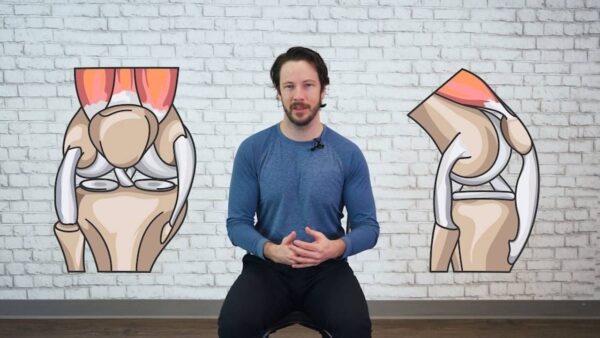
Looking for a program that will help you address the muscle imbalance that is likely causing your knee pain? Dynamic Cyclist is an online training platform designed to help cyclists become stronger and faster while riding pain free for years to come. Complete your regimen with an all-inclusive program that addresses mobility, flexibility, strength and injury prevention, all for a fraction of the cost of one physiotherapy appointment. Try out their 6 Week Functional Rehab Program and experience the results for yourself. Click here to try 7 days free!
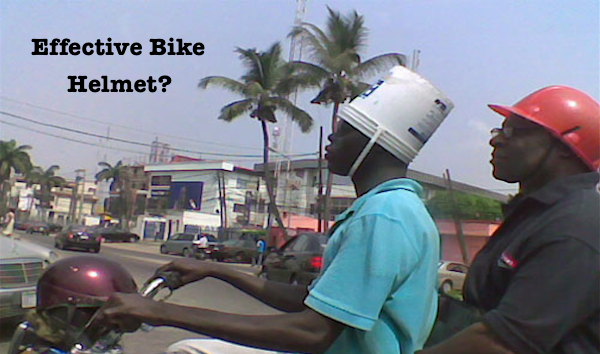 Last year, the Washington Area Bicyclist Association (WABA) petitioned the government to withdraw its claim that bicycle helmets reduce the risk of head injury by 85%. They prevailed, and both the Center for Disease Control (CDC) and the National Highway Traffic Safety Administration (NHTSA) removed the fact from their websites. What was the reasoning behind WABA’s actions? According to an article posted on the organization’s website, spreading bad information can be detrimental, even when the intentions are good.
Last year, the Washington Area Bicyclist Association (WABA) petitioned the government to withdraw its claim that bicycle helmets reduce the risk of head injury by 85%. They prevailed, and both the Center for Disease Control (CDC) and the National Highway Traffic Safety Administration (NHTSA) removed the fact from their websites. What was the reasoning behind WABA’s actions? According to an article posted on the organization’s website, spreading bad information can be detrimental, even when the intentions are good.
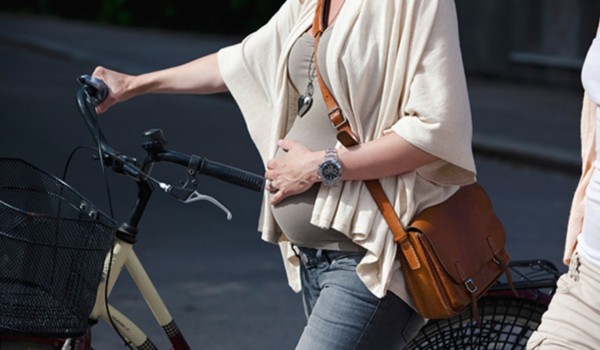 Exercising while you’re pregnant is one of the best choices you can make for your health and your baby’s health. Women who exercise during their pregnancies produce healthier babies overall, and cycling during pregnancy has even been linked to increased intelligence and reasoning skills in children. It can reduce the side effects of pregnancy, and make you feel more physically comfortable, as well as more emotionally calm. It reduces the risk of various diseases for you, for the fetus, and for your child later in his or her life. It reduces the stress put on you and the baby, and does not seem to produce any negative effects as long as you limit the risk of falling. Many women who cycle choose to “play it safe” by not cycling during pregnancy, but there are countless cases that demonstrate how beneficial it really is in the long run.
Exercising while you’re pregnant is one of the best choices you can make for your health and your baby’s health. Women who exercise during their pregnancies produce healthier babies overall, and cycling during pregnancy has even been linked to increased intelligence and reasoning skills in children. It can reduce the side effects of pregnancy, and make you feel more physically comfortable, as well as more emotionally calm. It reduces the risk of various diseases for you, for the fetus, and for your child later in his or her life. It reduces the stress put on you and the baby, and does not seem to produce any negative effects as long as you limit the risk of falling. Many women who cycle choose to “play it safe” by not cycling during pregnancy, but there are countless cases that demonstrate how beneficial it really is in the long run.
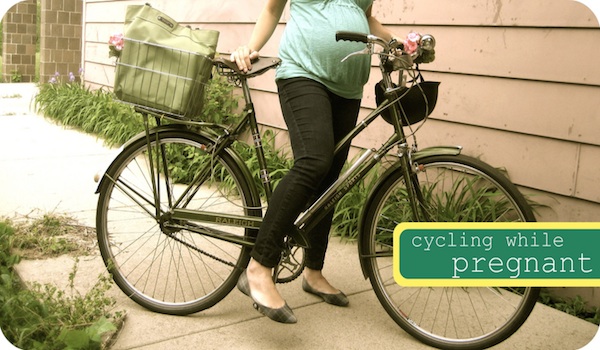 As people learn you are pregnant you will receive all kinds of advice, some good and lots bad. At the end of the day you have to do what is right for you, the golden rule: Listen To Your Body.
As people learn you are pregnant you will receive all kinds of advice, some good and lots bad. At the end of the day you have to do what is right for you, the golden rule: Listen To Your Body.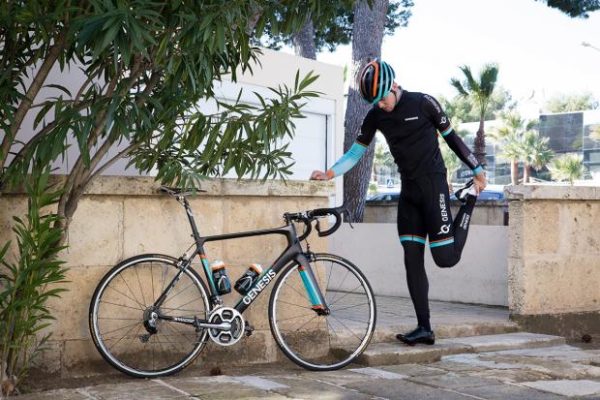
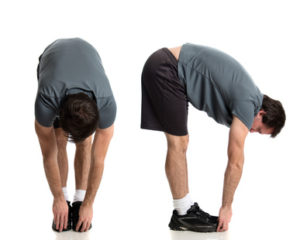
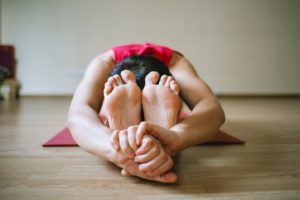 Legs & Back
Legs & Back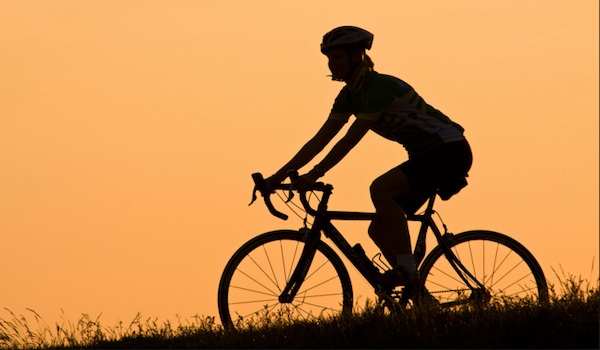 As with any sort of exercise, biking comes with a certain amount of risk. However, common cycling injuries can be prevented if you take the proper precautions.
As with any sort of exercise, biking comes with a certain amount of risk. However, common cycling injuries can be prevented if you take the proper precautions.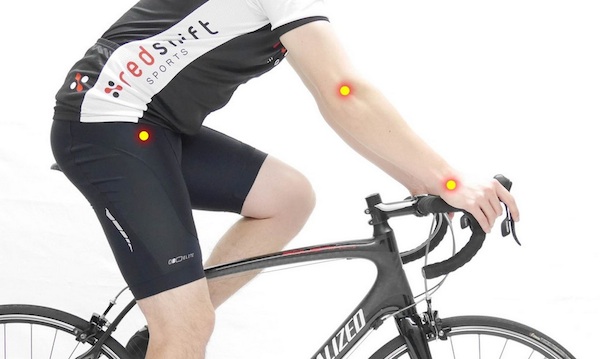 The good news: It is more than likely that you are able to solve numb hands while cycling.
The good news: It is more than likely that you are able to solve numb hands while cycling.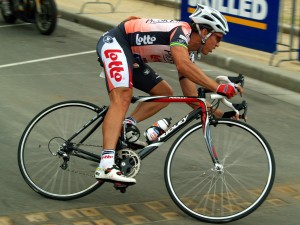
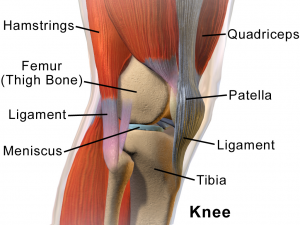 Any sort of exercise comes with physical risk regardless of whether or not the exercise itself is low impact. Cycling is no exception, even though it is considered a low impact exercise it can still hurt your knees and lead to issues if done incorrectly.
Any sort of exercise comes with physical risk regardless of whether or not the exercise itself is low impact. Cycling is no exception, even though it is considered a low impact exercise it can still hurt your knees and lead to issues if done incorrectly.